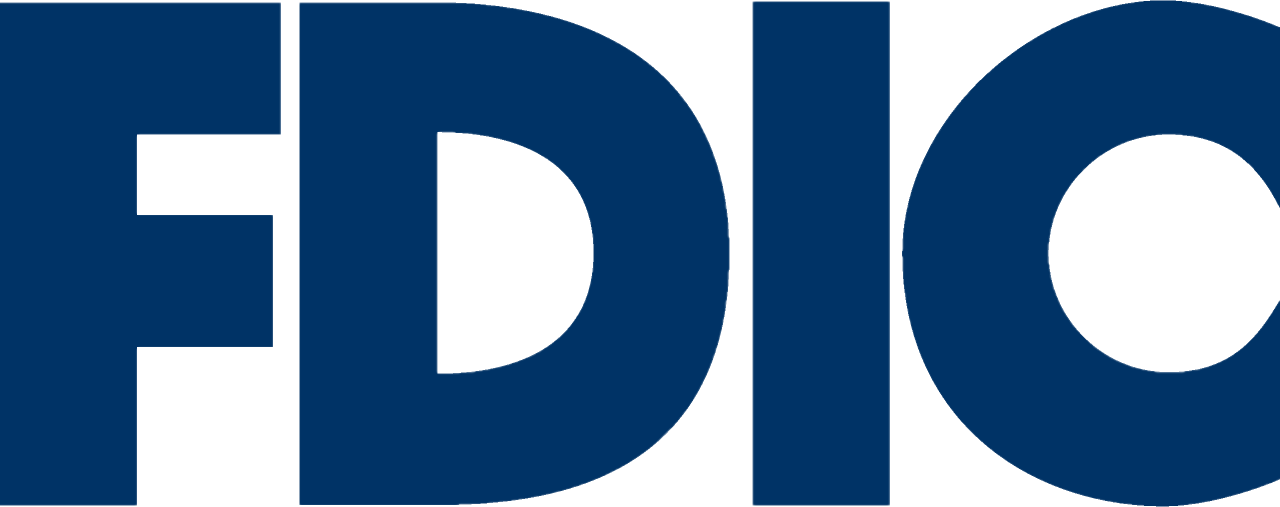Online Banking Security
How we protect you
CBB's Online Banking service incorporates industry-leading safety features that give you greater security and peace of mind as you manage your money. Taking some common-sense steps to protect yourself adds an extra layer of protection to your online experience.
- Encryption Technology - Your information is protected by encryption technology, such as Secure Socket Layer (SSL), when you access your accounts and perform transactions on CBB Bank Online Banking.
- Multi Factor Authentication - Multi Factor Authentication prevents unauthorized access to your accounts and reinforces the fact that you are on a valid website with the use of an authentication image, a phrase and three challenge questions that are known only to you.
- Date/Time Stamp - Every time you sign on to CBB Online Banking, the date and time of your last login is shown on the top left portion of the screen. If you don't recognize the most recent displayed date and time, you'll know if there has been unauthorized account access.
- Inactive Session Timeouts - If your online banking session is inactive for several minutes after signing on to CBB Online Banking, your online session will "time out." To continue using CBB Online Banking, you will need to sign on again.
If you have any additional questions regarding the protection or security of your information, please contact our electronic banking department via telephone at (323) 988-3000, via U.S. Mail at 3435 Wilshire Blvd #700, Los Angeles, CA 90010, or visit one of our branches in person.
We have implemented state-of-the-art security technology to ensure that your personal information is secure. However, we cannot guarantee that the nonpublic personal information that you provide will not be intercepted by others and decrypted. The extent of our liability with respect to any security breach is set forth in our account agreements and, in all cases, we are not liable for a breach of security that occurs for reasons outside of our direct control.
What you can do
- Make sure your computer is equipped with spyware and virus-protection software
- Consider installing anti-keylogging software, which can detect hidden keystroke logging malware and encrypt the keystrokes made on your computer keyboard
- Make sure your computer is equipped with a firewall, which prevents unauthorized users from gaining access to your computer or monitoring transfers of information to and from the computer
- Be sure to download and install any operating system and software updates (sometimes called patches or service packs) in a timely manner
- Make sure your browser software is up to date
- Check your account activity frequently to detect fraud earlier.
Stay informed
Learn about securing your computer and safe online behavior from online resources like the National Cyber Security Alliance and Microsoft® Security At Home websites .
 FDIC-Insured - Backed by the full faith and credit of the U.S. Government
FDIC-Insured - Backed by the full faith and credit of the U.S. Government